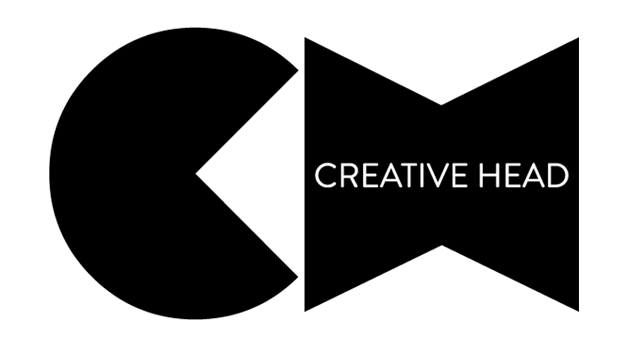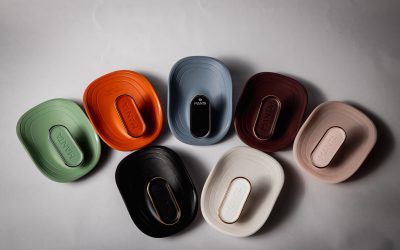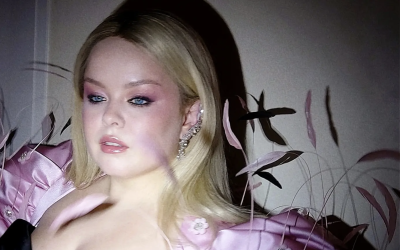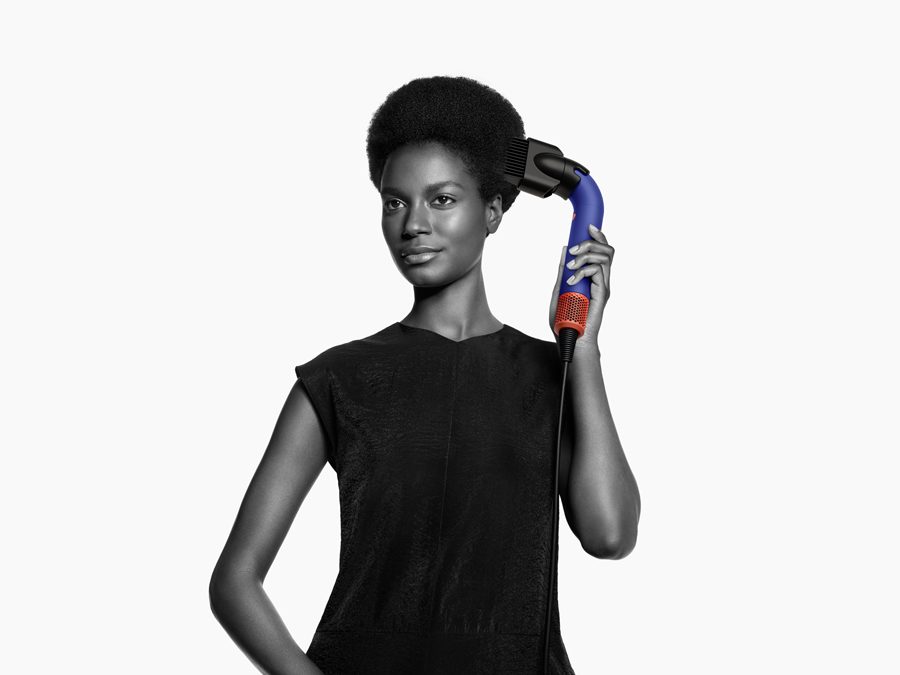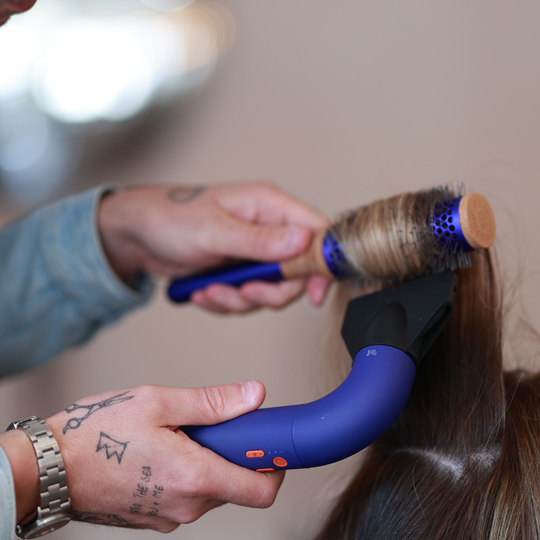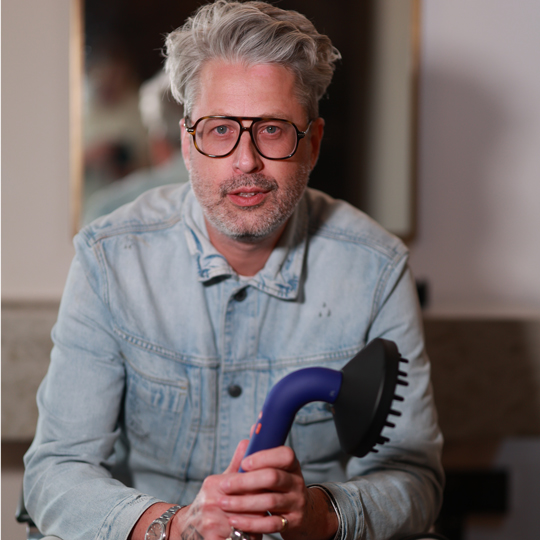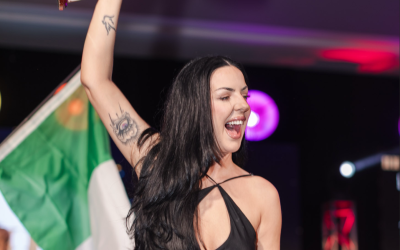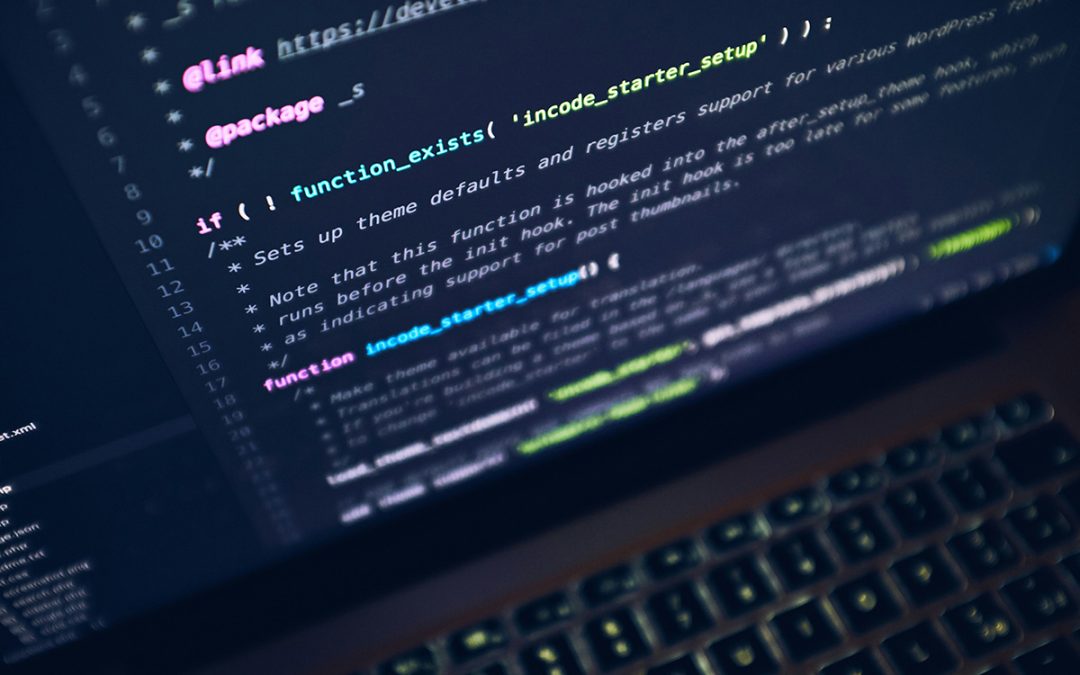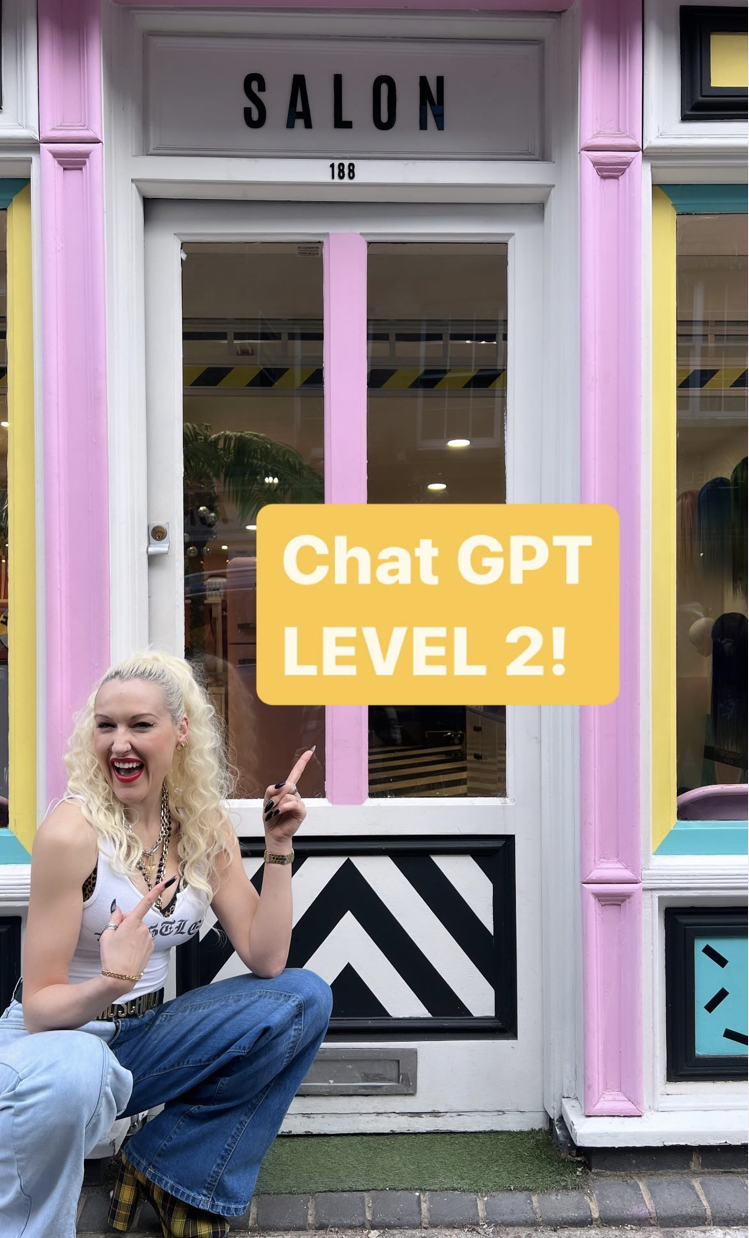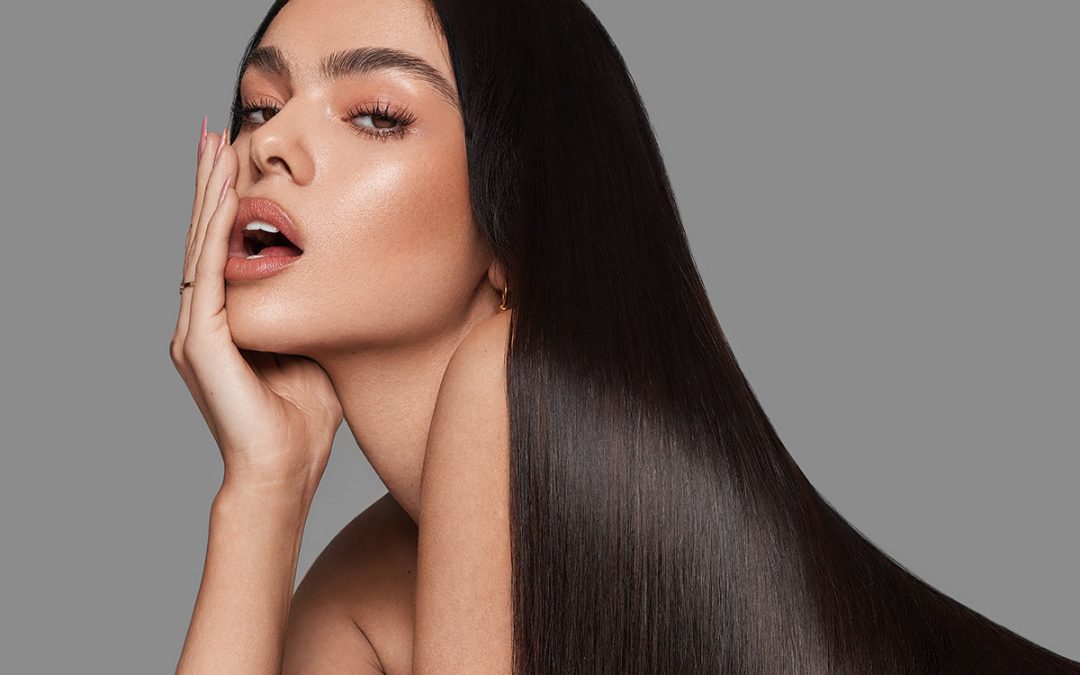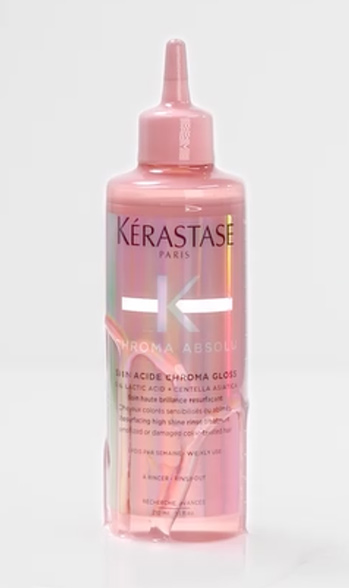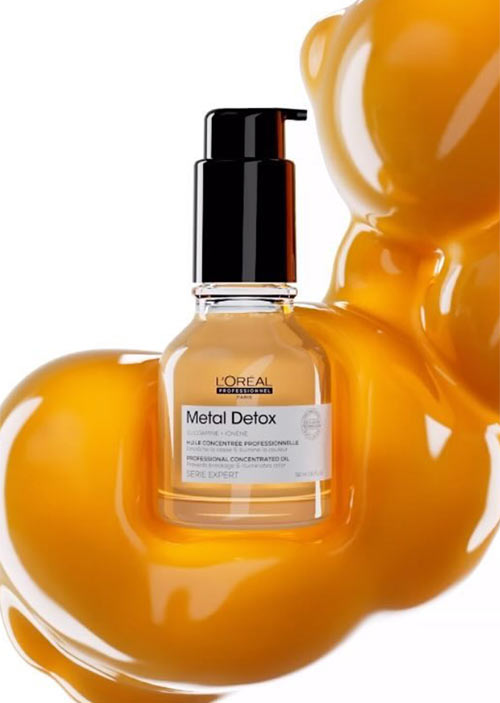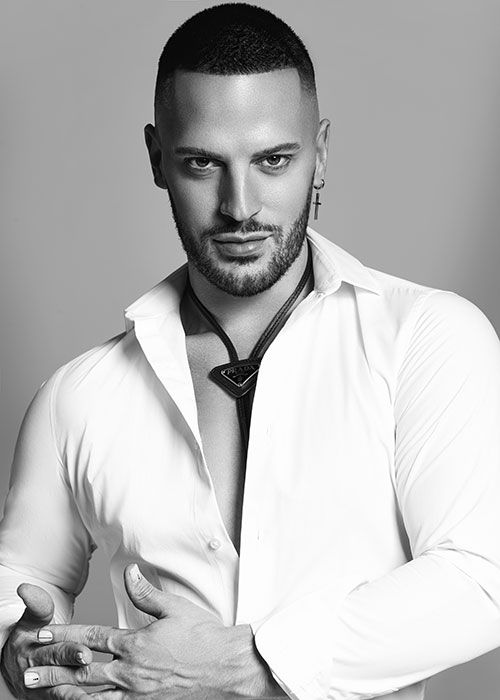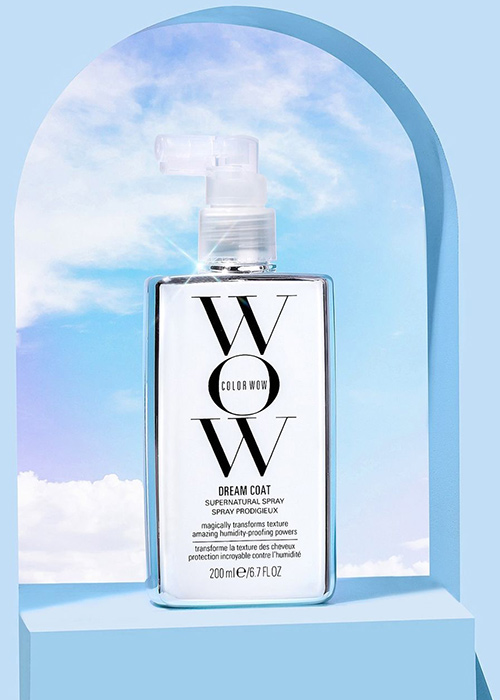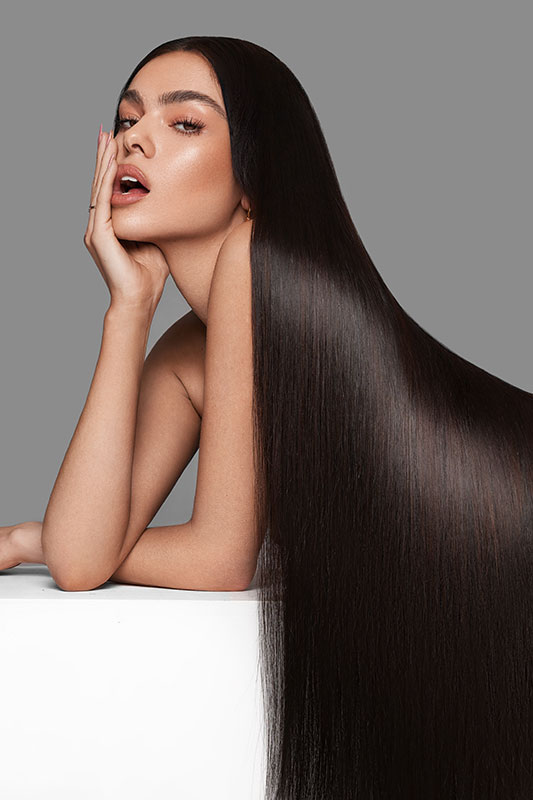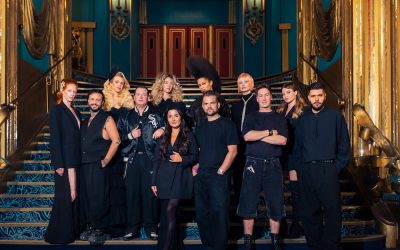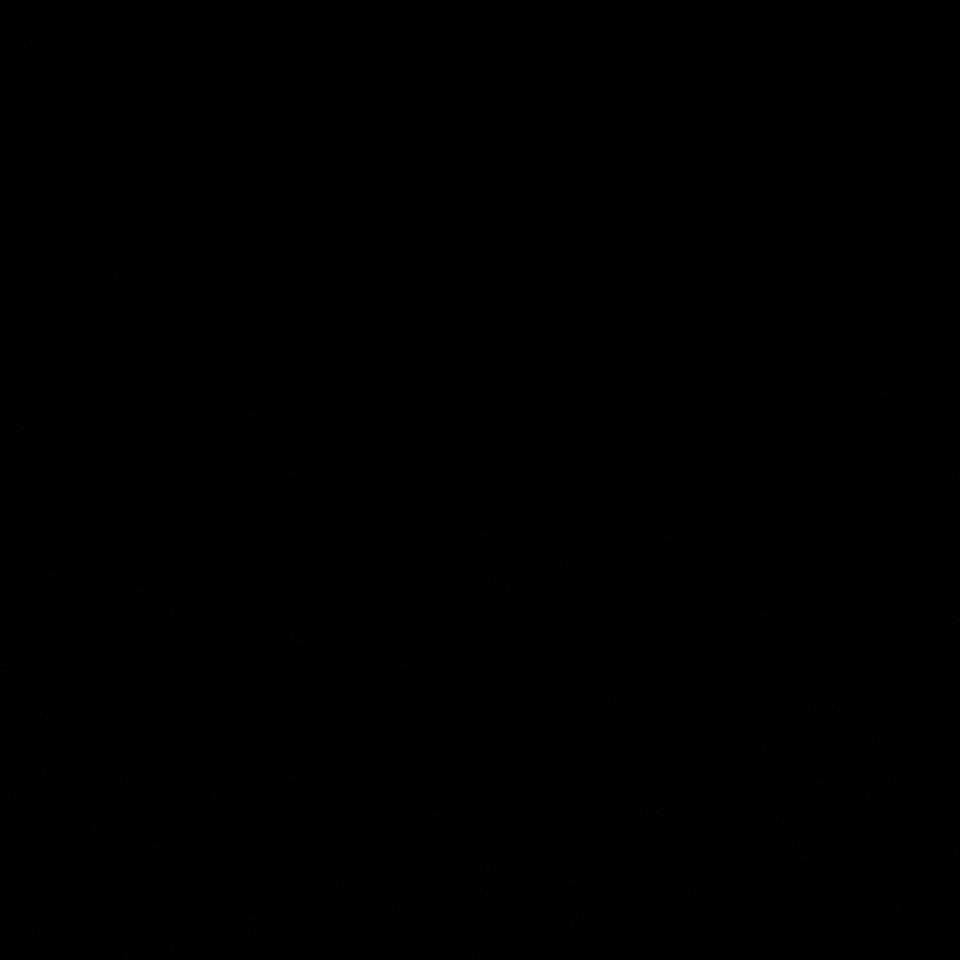The man who helped build the Headmasters empire is striking out once again.

Is It Time To Keep Quiet?
Is It Time To Keep Quiet?
More than half of stylists and clients favour of silent services – and they could earn you more money.
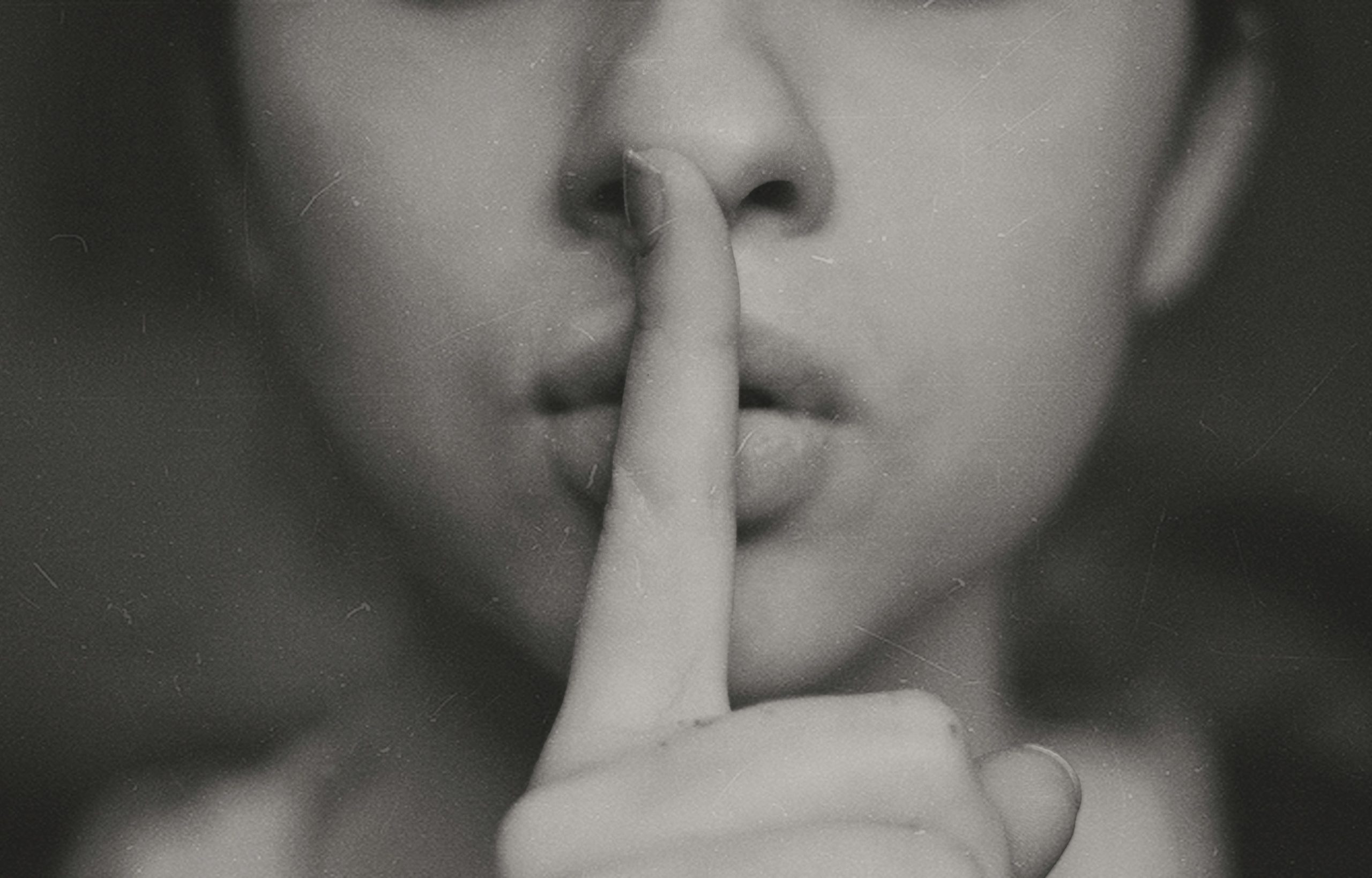
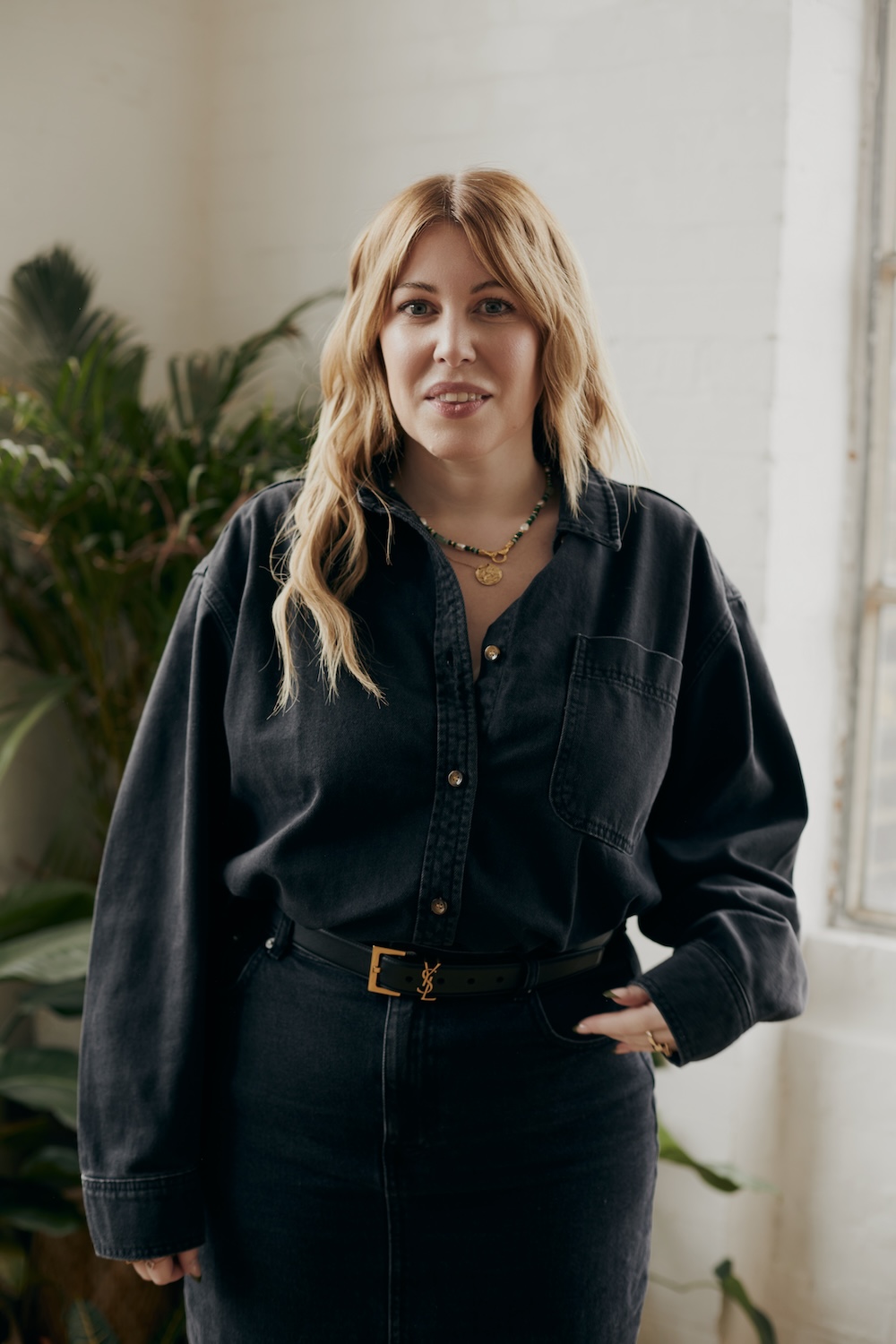
Silent slots could also positively impact the bottom line. Offering silent services as an option could create a 25 per cent revenue boost to the industry, as clients said they would book more return visits if a quiet appointment could be guaranteed. Clients said they would book more frequently if silent options were available.
The findings showed that on average, return visits could increase by around 1.7 times per customer, per year. So Ripe did some maths: the typical client visits a salon 6.7 times a year, spending £55.40 per appointment and £371.18 annually, according to its own data. Silent services could increase this to 8.4 visits a year with a total annual spend of £465.36 – an uplift of 25 per cent.
More than half (56 per cent) of hair stylists – and 53 per cent of clients – would prefer “silent” services, according to a survey of 2,000 consumers and 100 freelance and salon hair stylists across the UK by Ripe Hair & Beauty Insurance. Silent slots could also positively impact the bottom line.
Offering silent services as an option could create a 25 per cent revenue boost to the industry, as clients said they would book more return visits if a quiet appointment could be guaranteed. Clients said they would book more frequently if silent options were available.
“We’re always seeking ways to empower our clients and create their perfect salon experience. ‘Silent appointments’ is a thoughtful initiative designed to honour our clients’ need for self-care and personal space, understanding that a salon visit is not just about physical transformation but also mental rejuvenation.”
She first checked with her salon audience on social media, with more than three-quarters (78 per cent) voting for the option. Clients can request a silent appointment when booking, which means stylists “negate any small talk, allowing for a serene and introspective experience with no awkwardness. This approach respects individual preferences creating an environment of mutual understanding and care,” she added. But how is that communicated in a busy salon without that awkwardness? “We have a discreet method, and it’s quite simple: we place a small vase on the workstation. This subtle signal helps the rest of the team to adjust their approach accordingly.”
Samantha says that client feedback has been “overwhelmingly positive”, with many appreciating the option to unwind or focus on ‘working from home’. “They particularly like that they can book the service online so again no need to feel awkward,” she explained. Should we shut up more for silent appointments? Let us know at @creativeheadmag.com
Related
Tim Binnington Turned Down Investment In His Brush Business From Dragons Den – And Here’s Why
Nicola Coughlan is Talk of the ’Ton
Session stylist Halley Brisker lifts the lid on working with the Bridgerton star as its third series hits Netflix.
Is Wellwashing Taking Over Our Industry? Why Creating A Culture Of Wellness Goes Beyond A Morning Meditation
The success behind great creative colour lies in the consultation, but what are the common pitfalls many hairdressers get wrong?
